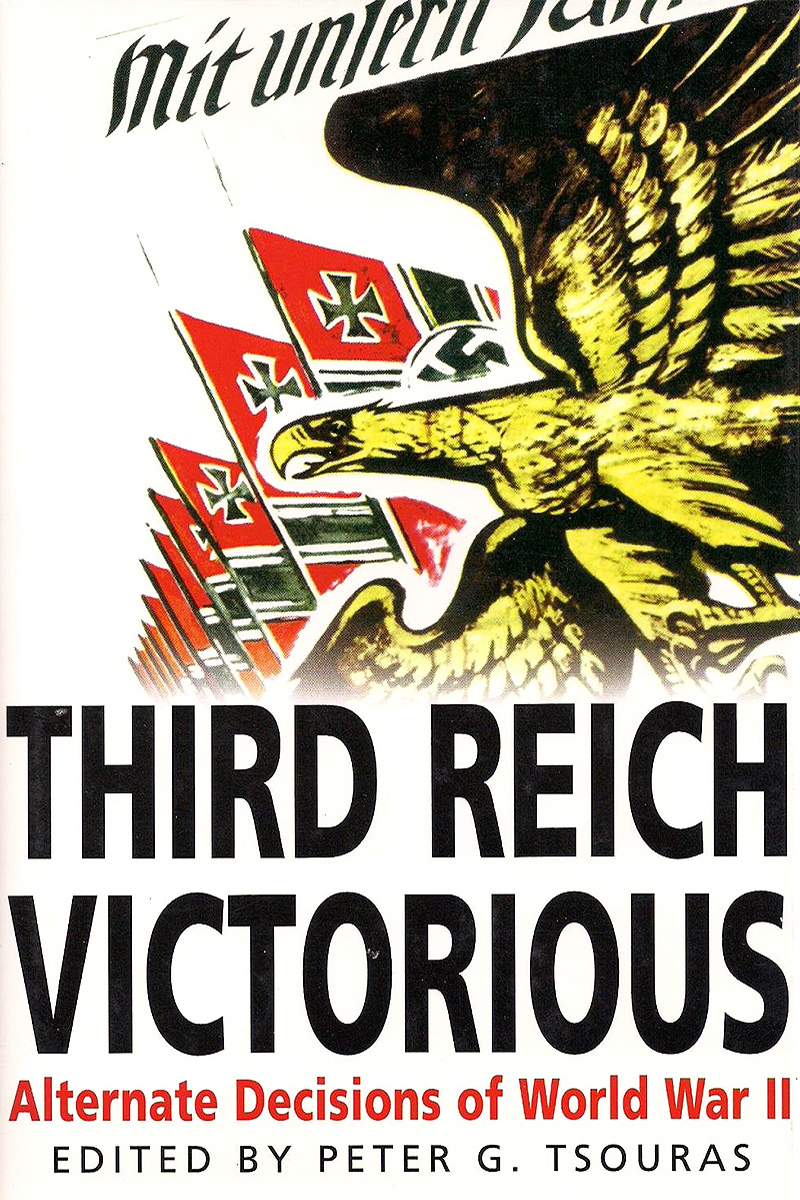After the frivolous fashions of the 1920s, which included the flapper dress and short hairstyles for women, fashion found a new middle ground in the 1930s.
Women’s hair remained wavy, but the cuts were longer again (unlike the bob cuts of the twenties) and actresses like Jean Harlow set an example for women dying their hair, even though that practice was still considered rather scandalous back in those day.
The dresses and skirts became steadily longer, moving from below the knee in the early thirties to more of an ankle length by 1939. Even though the length changed, they remained slim and elegant in both daily and formal wear. Skirts were combined with lovely shirts and figure-hugging cardigans.
The evening wear was, just like daily wear, an elegant affair. Evening dresses were bias cut and sewn diagonally against the thread grain, thus creating soft, flowing lines in the garments. Back in the day, one needed to have a thin figure for this dress to work as it was so figure-hugging. Thankfully techniques having been reinvented over the years to make it far more accessible for women of all body types.
If you are uncertain about a 30s garments, you can always replace the traditional styles by an ankle-length bell skirt, which is also flowing but less figure-hugging.
Another alternative is, of course, a nice pair of wide-legged trousers, an elegant cut that was commonly worn during those times. These trousers had gained popularity after female factory workers started wearing them during World War I. They were standard part of any resort wardrobe (travel especially to warmer climates during cold winter months had gained popularity during the thirties) but there’s no reason you shouldn’t be able to wear them with your 30s-themed outfit!
These were also the times when the zipper was introduced as a fastener, thanks to the famous designer Elsa Schiaparelli. This makes finding pieces that are period appropriate rather easier.


Accessories largely remained those of the 1920s as cloche hats and fur stoles were still popular. Of course, there is no need to use real fur as there are plenty of lovely faux fur alternatives, which are easy to find in most high-street shops this coming fall and winter season.
Shoes remained elegant high-heeled affairs for the most part, but you should feel free to replace them with your favorite pair, as long as they’re elegant. Elegance is the key word for this time period.
As for men, I’m quite sure that many of the fans of historical fashions among them will find the 1930s a period to their liking indeed.
Even more so than in women’s fashion, the suits for men were broad-shouldered and suit jackets gave the impression of broad chests. It also saw a rising popularity of the double-breasted suit. Dark fabrics were popular all year round and pinstripes were added often. In spring these stripes often supplied a spot of color. Plaids also increased in popularity.
Fabrics such as cotton seersucker and gabardine became increasingly popular as the decade advanced, especially for summer wear and specifically the “Palm Beach” suit.
Europe proved a significant inspiration for men’s wear of the times, with the Duke of Kent and Prince of Wales as role models. Their style was rapidly taken over by Hollywood actors, such as Cary Grant and Fred Astaire. From seeing them wear them on the silver screen, they moved on quickly to main stream fashions.
Another significant influence on the style were the zoot suits as worn by gangsters. Mobsters were easily recognizable by taking the styles to the extremes. Stripes were bolder than the average pin stripe and the same went for the colors of their suits and ties. The cut of their suits was more pronounced in the tailoring with narrower waists and broader shoulders. In France, gangsters even went as far as having their initials embroidered on their suit jackets.
Last but not least, fedora hats came in colors that were quite unseen before and unspeakable due to the unconventional shades going from almond to greens and lilac besides the more traditional shades of black, brown and dark grey. This is something to keep in mind when portraying a mobster.
An alternative to the zoot suit is the slightly later dated Broadway suit.
Now you have all the basics of 1930s fashion, you can easily put together a nice period outfit and steam it up to your own liking with the typical accessories. Or keep it as is, of course, which fits in perfectly with the dieselpunk period styles!
This story first appeared in Gatehouse Gazette 20 (September 2011), p. 38-39, with the headline “The Steampunk Wardrobe”.






